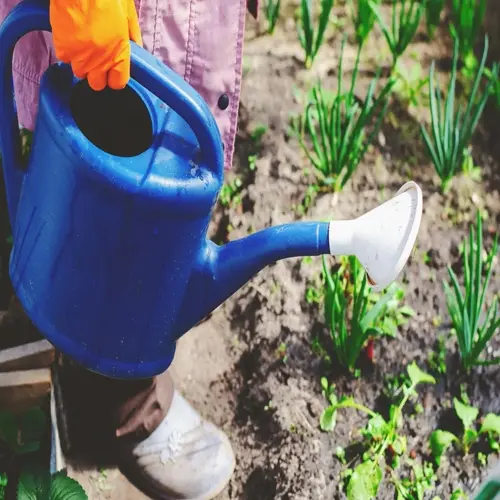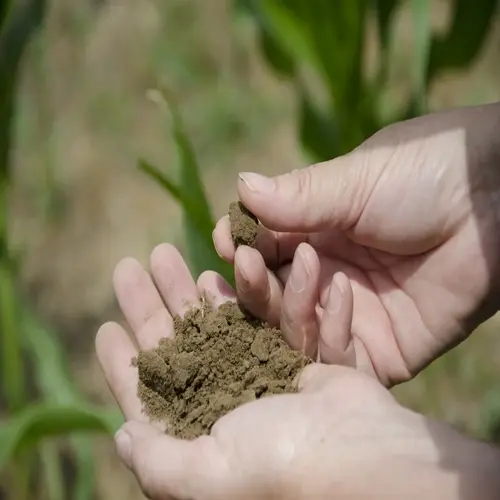When is the optimal season for soil testing?

Written by
Michael Sullivan
Reviewed by
Prof. Samuel Fitzgerald, Ph.D.Timing your soil testing enhances the precision of your testing and makes the results more effective. Test your soil in late fall or early spring, when the soil is moist but the plants are dormant. Also, avoid testing while soils are frozen (in winter) or saturated (in spring) conditions. Choosing these times will give you weeks for amendments to take effect before you begin planting.
The late fall testing provides unique benefits following harvest, where soil levels of nutrients stabilize following summer's plant uptake. Amendments, such as lime or sulfur, can be relied on to integrate into the soil via winter rains. Test results are typically available during the winter planning months. For many years, I have tested my vegetable garden beds every November to prepare them for spring.
Late Fall Testing
- Nutrient levels reflect full growing season
- Amendments integrate over winter months
- Avoids spring lab processing delays
Early Spring Testing
- Detects winter nutrient leaching
- Allows quick correction before planting
- Identifies frost-related compaction issues
Off-Season Considerations
- Avoid testing during heavy rainfall
- Wait 6 weeks after fertilizer application
- Never test frozen or drought-hardened soil
Climate variations necessitate adjusting schedules. In the northern areas, it is necessary to get before the ground freezes, test in early fall, especially in the upper regions. In the southern garden area, a garden typically includes winter testing during a moderate period, usually in the winter. Desert areas should be tested after the monsoon season. Be cautious when testing during extreme weather events.
Properly prepare for seasonal testing. Clear the top surface debris before sampling. Wait three days after significant rain. Label the sample clearly with the bed names and sampling date, schedule shipping with a delivery time between Monday and Wednesday. Your timing accuracy secures trustworthy data for healthy plants.
Read the full article: Garden Soil Testing: Everything You Need to Know

